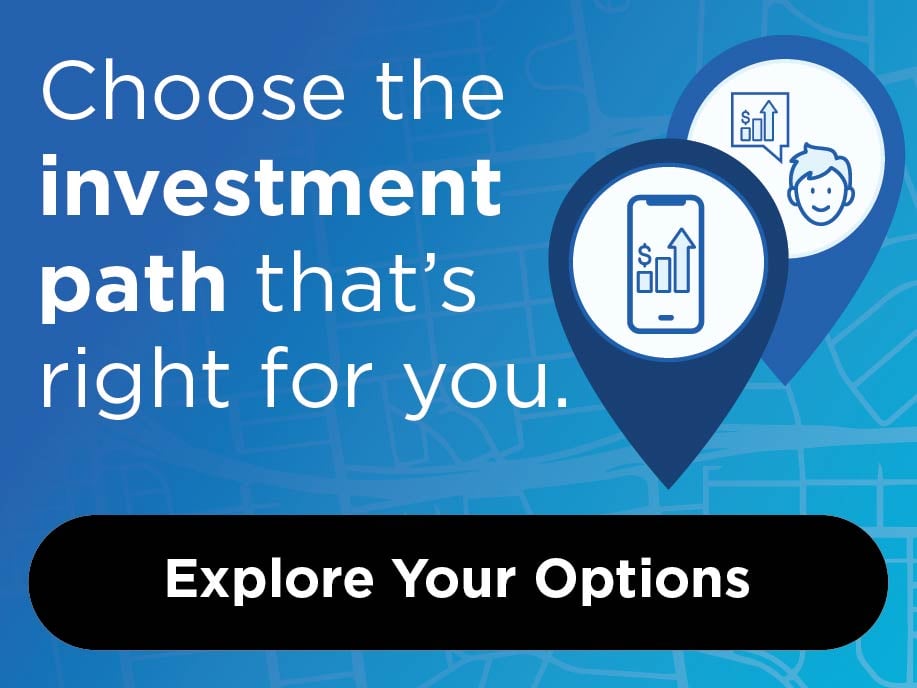
It’s one of the biggest questions homeowners face when making a move:
Do I buy my next home before I sell my current? Or do I wait for my house to sell before I start shopping?
There’s no universal right answer. But understanding the pros and cons of each option—and the financing tools available—can help you make a plan that fits your life, not just the market.
Buying First: More Freedom, More Financial Pressure
Buying before you sell gives you time to find the right home, make a strong offer, and move on your own schedule. You get to stay comfortable in your current space, without feeling like you need to rush into a decision.
But it also raises significant questions. How do you come up with a down payment when most of your funds are still tied up in your current home? And can you afford to carry two mortgage payments for a period of time?
Selling First: Financial Clarity, But Less Control
Selling your current home first often brings financial safety—you’ll know exactly what you can afford and won’t have to worry about overlapping mortgage payments.
But it also means you may be left stuck between homes, which presents new financial concerns like renting short term, paying for temporary storage, or feeling rushed to buy something just to keep things moving.
The Real Issue: Timing and Access
For many homeowners, the challenge isn’t whether to buy or sell first, it’s how to manage the in-between.
You've built value in your current home, but that value isn't accessible until you sell. That’s where bridge loans come in.
Understanding the Role of Bridge Loans
A bridge loan is a loan designed to provide immediate funding to cover the period between buying a new home and selling your current one. This type of loan allows you to use the equity in your current home to secure financing for your new home purchase, giving you the flexibility and confidence to move forward without waiting for your current home to sell or relying on contingent offers.
Bridge loans are loans secured by the equity in your current home. They’re designed to give you fast access to the funds you’ve built up so you can use them toward your next purchase before your sale is finalized.
Here’s how it works:
- You borrow against the value in your current home, usually in the amount of your current mortgage balance (what you still owe).
- You use that money toward the down payment and closing costs on your next home.
- Once your current home sells, you pay off the bridge loan.
Long-term bridge loans serve the same basic purpose as any bridge loan: accessing your current home’s equity in order to make a down payment on your new home. With this type of loan, the full purchase price of your new home is incorporated into the bridge loan.
It works like this:
- You borrow against your existing home’s value, in the amount of your current mortgage balance PLUS the amount of your new home purchase.
- When you close on your new home, the bridge loan funds pay for the full purchase of your new home, and also payoff your current mortgage, leaving you with one loan payment.
- When your current home sells, the proceeds are used to pay down your bridge loan and your payments are recalculated based on the new loan balance. This loan is now your mortgage.
- Some lenders (hint hint, us!) even offer benefits like interest-only payments until after your current home is sold and your loan is recalculated. This can help alleviate the financial burden of owning two homes for a short period of time.
The decision to buy or sell first isn’t always simple. Every buyer and situation is different. That’s why our mortgage team is here to understand your goals, walk you through your options, and help you make the move that’s right for you. Connect with a CommunityAmerica Mortgage Advisor today to find the best path forward.




